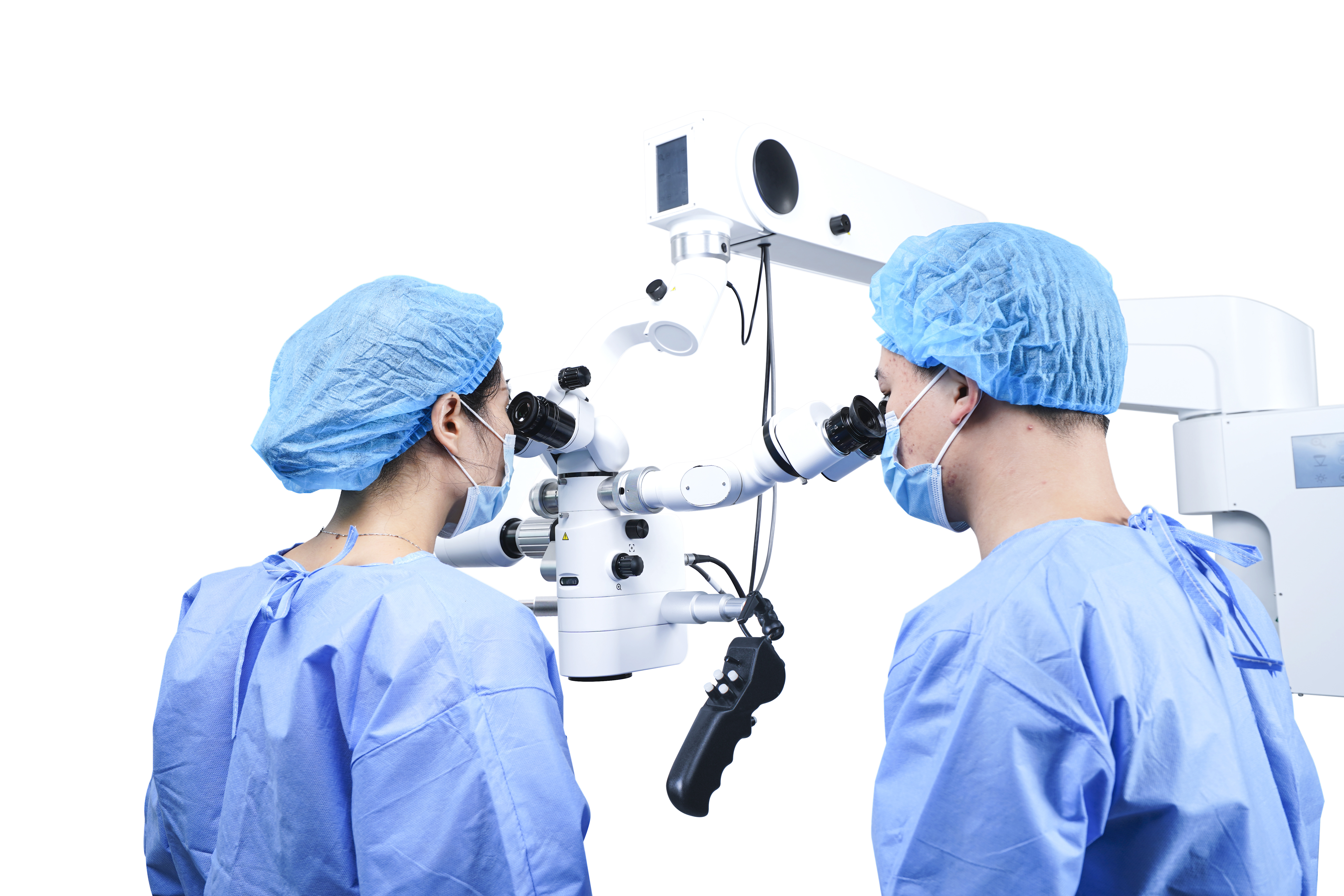Advancements in Surgical Microscopy: Innovations and Market Dynamics
The field of surgical microscopy has undergone transformative advancements in recent years, driven by the demand for precision, efficiency, and enhanced visualization in complex medical procedures. Among the most critical innovations is the development of brain surgical microscopy, which has revolutionized neurosurgery by enabling surgeons to navigate delicate neural structures with unprecedented clarity. This technology, alongside specialized tools such as ophthalmic operating microscopes and binocular surgical microscope ENT systems, underscores the growing reliance on high-performance imaging solutions across medical disciplines.
At the heart of these innovations are double aspheric lenses, which have become a cornerstone of modern surgical microscope design. Unlike traditional aspheric vs double aspheric lenses, double aspheric variants minimize optical distortions and provide a wider field of view, critical for procedures requiring depth perception and minute detail recognition. These lenses are particularly advantageous in microscopy operation scenarios, such as brain operating microscopy, where even minor aberrations could compromise outcomes. Manufacturers, including those in the China supply operating microscope factory ecosystem, are increasingly integrating these lenses into their systems, balancing good price and quality cutting edge operating microscopy to meet global demand.
The rise of cutting edge surgical tools is also evident in the dental sector. The dental 3d scanner market has surged, with 3d shape dental imaging systems and scanner for teeth technologies enabling precise digital impressions for restorative and orthodontic workflows. Paired with dental surgical microscope systems, these tools enhance accuracy in procedures ranging from root canals to implant placements. Meanwhile, 3d video surgical microscope platforms are gaining traction, offering real-time stereoscopic visualization that aids in training and intraoperative decision-making.
Asia, particularly China, has emerged as a pivotal player in this sector. Operating microscopy systems suppliers China and opto surgical microscope factory hubs are driving cost-effective production without compromising on innovation. This shift is evident in the competitive cutting edge operating microscopy price China offerings, which combine advanced features like zoom stereo surgical microscope capabilities with affordability. Such advancements position Chinese manufacturers as key contributors to the global supply chain, catering to hospitals and used surgical microscope dealers seeking reliable, budget-friendly alternatives.
The versatility of operating microscope uses extends beyond traditional surgery. ENT specialists, for instance, rely on ENT system-compatible microscopes for procedures involving intricate ear, nose, and throat anatomy. Similarly, the ophthalmic operating microscopes market continues to expand, with systems tailored for cataract surgery and retinal repairs. These devices often incorporate modular designs, allowing customization for specific clinical needs—a trend mirrored in the growing adoption of dental scanner machine units that integrate seamlessly with existing workflows.
Sustainability and cost-efficiency are also shaping the industry. The secondary market for used surgical microscope equipment is thriving, driven by budget-conscious healthcare providers and emerging markets. Dealers specializing in refurbished systems ensure access to reliable technology, often upgraded with modern features like zoom stereo surgical microscope optics or compatibility with dental scanner 3d software. This trend highlights the sector’s adaptability, balancing cutting-edge innovation with practical affordability.
However, challenges remain. The debate over aspheric vs double aspheric lenses reflects ongoing efforts to optimize optical performance without inflating costs. While double aspheric designs offer superior clarity, their complexity can impact pricing—a consideration for manufacturers aiming to deliver good price and quality cutting edge surgical solutions. Additionally, the rapid evolution of technologies like 3d video surgical microscope systems necessitates continuous R&D investments to stay competitive.
Looking ahead, the convergence of imaging technologies and digital integration will likely redefine surgical microscopy. The dental 3d scanner market, for example, is poised to merge with advanced microscopy to create holistic diagnostic and treatment platforms. Similarly, innovations in brain surgical microscopy may incorporate artificial intelligence for real-time tissue analysis. As operating microscopy systems suppliers China and global players vie for market share, the focus will remain on delivering systems that marry precision, durability, and value—ensuring that healthcare providers worldwide can access the tools needed to push the boundaries of modern medicine.

Post time: Apr-30-2025







